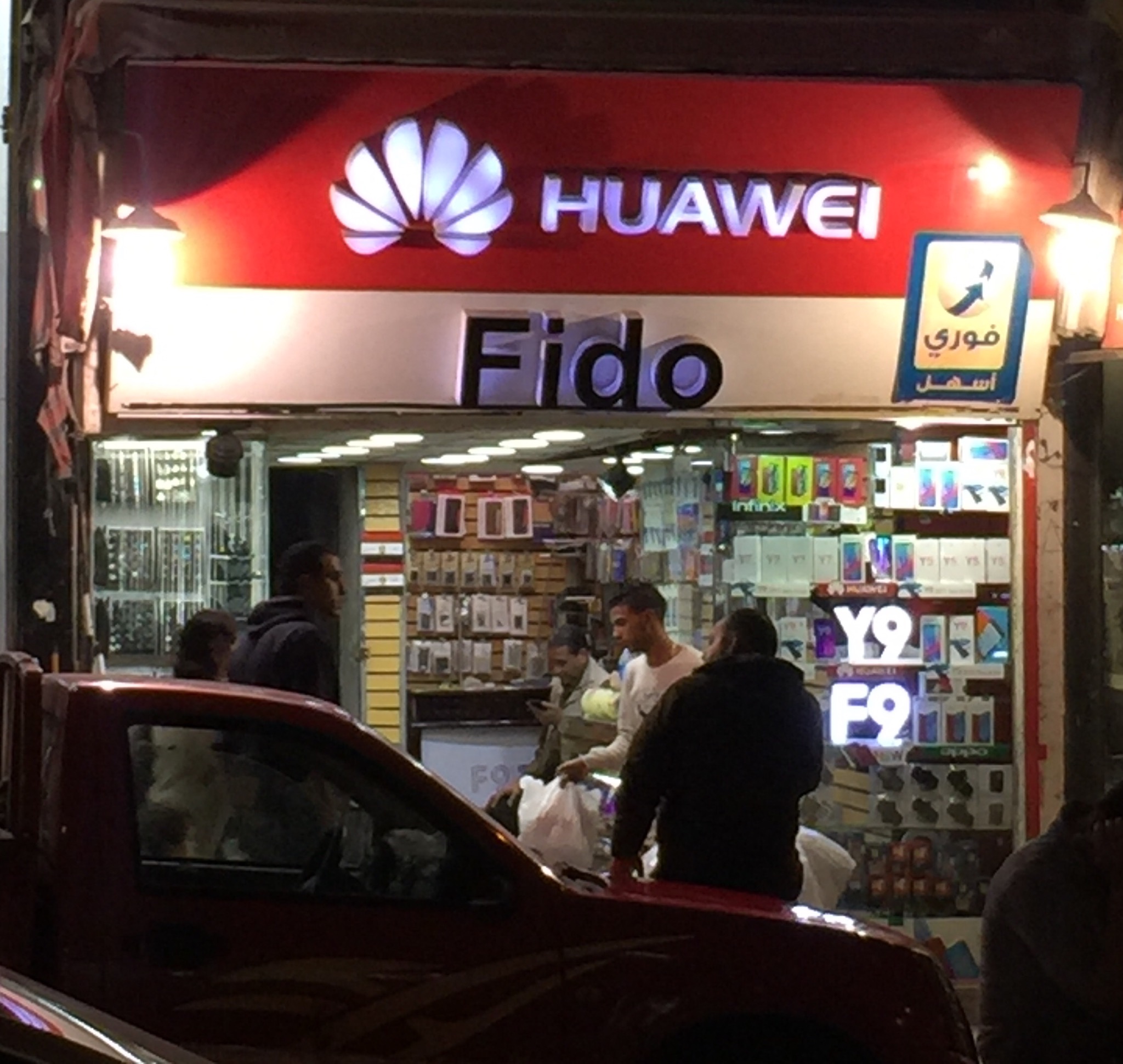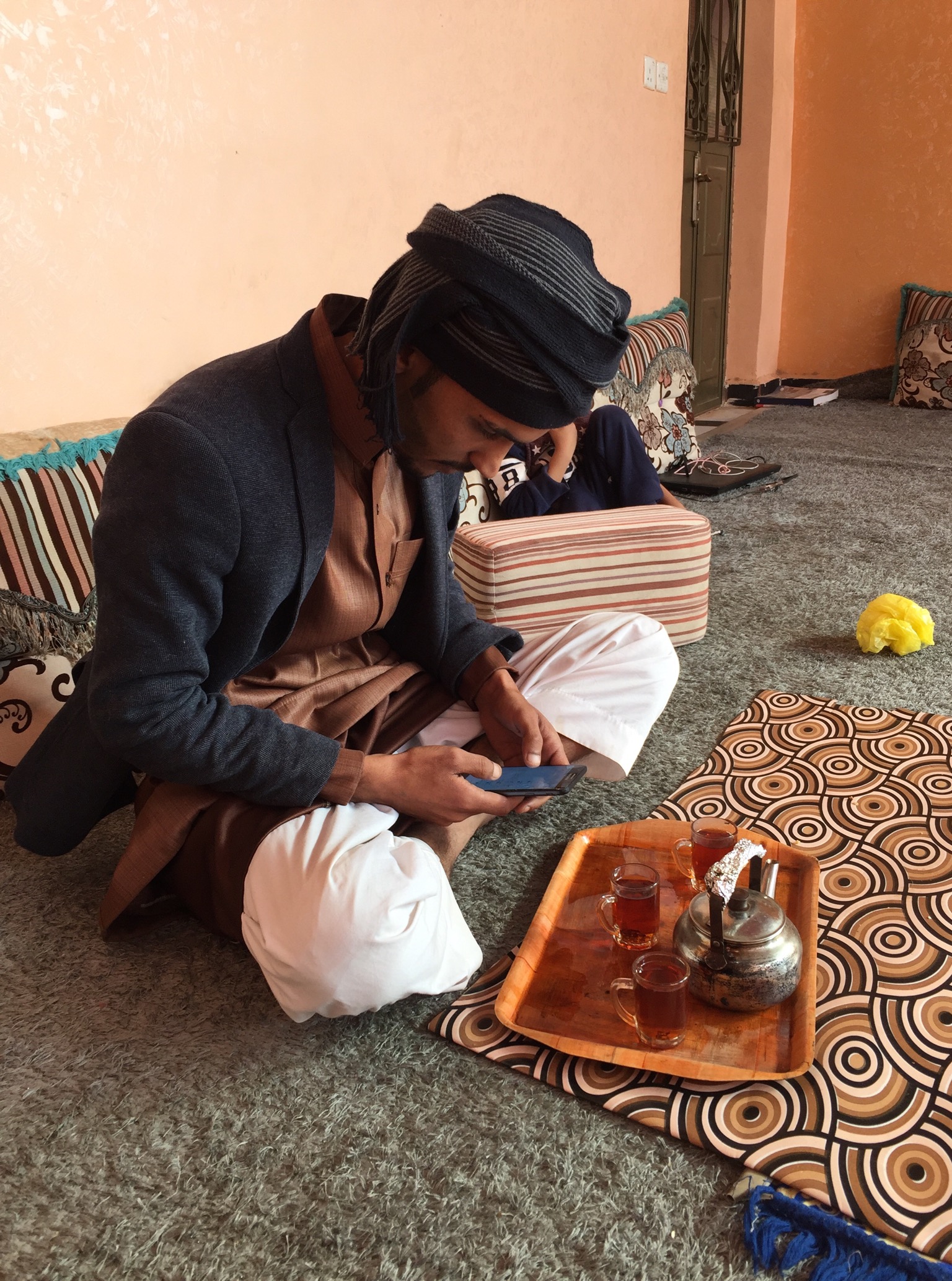
Overview
All decisions are inherently emotional. Our lymphatic system is a more ancient and robust system than our logical faculties. Its been shown in studies, conducted by Antonio Damasio in 2000, that patients with damage to the part of the brain that processes emotions have trouble making even the smallest decisions.
Humans are by nature social creatures. Studies show that our brains contain mirror neurons which endows us the ability to empathize with another fellow human being. This also implies our emotions are easily subjected to the influence of others. This is why it is important to get familiar with the various cognitive biases in the human brain and what triggers them (see lecture by Charlie Munger).
On the flip side, it is possible to exploit cognitive biases to boost sales conversions. This is an art that touts in the streets of Cairo have mastered through years of practice. The effectiveness of any street tout is dependent on the number of cognitive biases he can exploit during the short period of encounter with his subject.
A case study on how cognitive biases are combined and used
A tout might start the conversation with a small ask, e.g. as simple as “what is your name?”. This seemingly innocent question when responded will trigger off the consistency bias. The subject will inevitably feel a sense of cognitive dissonance if he were to stop further conversation after having started the conversation by telling the tout his name.
The tout next proceeds to offer a seemingly harmless “gift” which might be small and of little value. This gift, when accepted, will exploit the reciprocity bias. The subject having received something of value will inevitably feel uneasy if he does not reciprocate in kind.
Since the subject at this point, without any prior data points, is yet sure on the “value” to place on the “gift”, a skillful tout might take the opportunity to exploit the anchoring bias by providing an high arbitrarily number about something seemingly unrelated such as one of the following:
- the age of his 90 year old mum
- the age of the pyramids
- the inhumanly high temperature
This arbitrarily high number will help facilitate a higher perceived valuation of the “gift”.
And while he is telling about his mum or kids, he might exploit the authority bias by saying his mum is sick and needs money to see the doctor. One might say there is no person of authority in the immediate proximity. However in this scenario, the person is actually some authority figure the subject had in his life, while he was growing up, who preached to him the importance of being a good human being and helping others in need. Having delivered his story till this point, the tout should have successfully wiggled himself to a moral high ground in relationship to the subject.
It can be assumed that sometime has already past since the subject was given physical possession of the gift. The endowment effect should have kicked in by then. The subject if he was even mildly inclined towards the gift at the onset, he will feel a potentially higher level of psychological discomfort at returning the “gift” to the tout.
At this point from a psychological perspective, for the subject to be able to refuse the request of the tout for a donation, he would necessarily need to have priorly developed much mastery over his own emotions. It can be safely assumed the percentage of subjects parting with a “token” amount of donation to the tout will be significantly higher than an alternative scenario where a beggar simply approached begged for money.
How it is relevant to your funnel
Now one would ask how does this relate to driving up conversion rates in my startup application? The point of the story is not to teach you how to be “evil“, by getting your user to doing something against his will, but to illustrate the importance of catering to his psychological needs within your onboarding experience. The reason why your user landed at the top of your funnel was because he has a genuine need that he hopes your application could get done for him.
A smooth flowing onboarding experience coupled with a compelling story will help keep your user motivated as you drive him down the funnel towards the magic moment within your application. There is a reason why folks call the magic moment an Aha! moment. From a biological perspective, your user’s brain releases a small dose of dopamine (a feel good reward) during that very instance.
The key to user retention is to figure how to encourage repeated actions by your user so that he could experience the Aha! moment again and again until the action becomes a habit and your user does it reflexively without needing to think about it. Of course, to ensure your service can continue to benefit the world, it is important to remember asking for contribution to pay for server cost at some point…
At GetData.IO, our mission is to turn the Web into the fully functional Giant Graph Database of Human Knowledge. We aim to do so by nurturing a community of like-minded contributors, hence the importance of successfully on-boarding our users. This is because every successfully created data source will not only benefit its creator but also other community members that might have need of it in the future.
Related References
- Hooked: How to Build Habit-Forming Products, Nir Eyal
- Altered Traits: Science Reveals How Meditation Changes Your Mind, Brain, and Body, Daniel Goldman
- AARRR framework, Dave McClure
- Influence: The Psychology of Persuasion, Revised Edition, Robert B Cialdini
- The Power of Habit: Why We Do What We Do in Life and Business, Charles Duhigg
- The psychology of human misjudgment, Charlie Mung
- Jobs to Be Done: A Roadmap for Customer-Centered Innovation, Stephen Wunker










